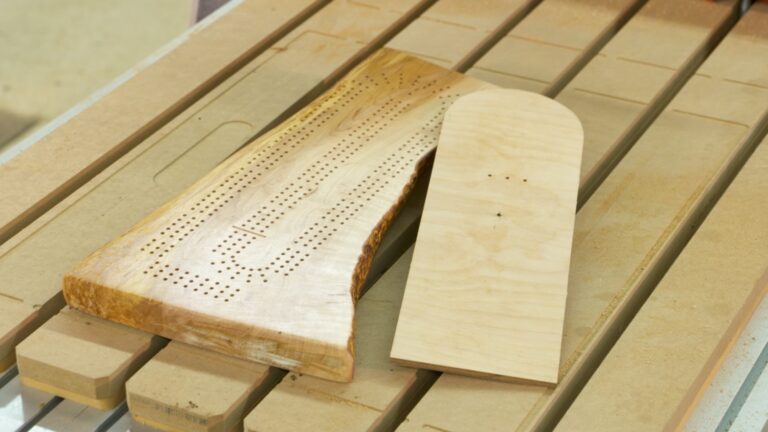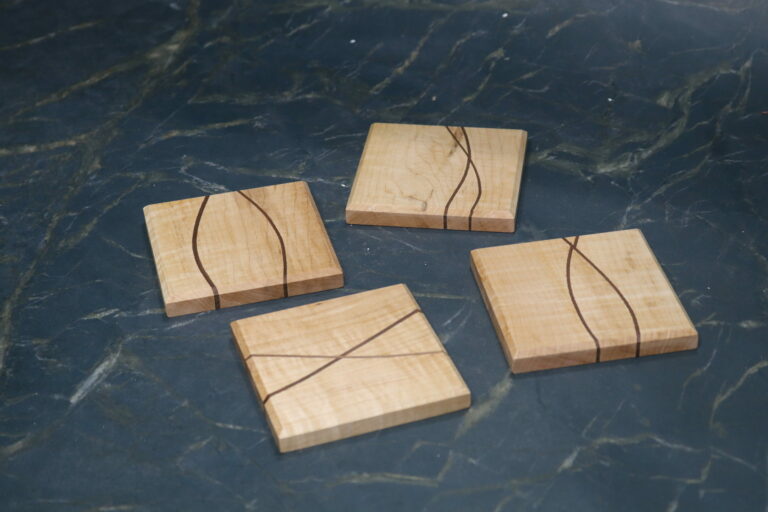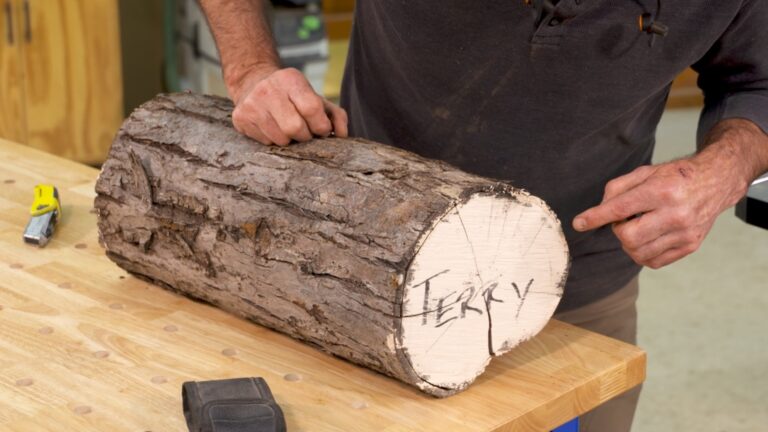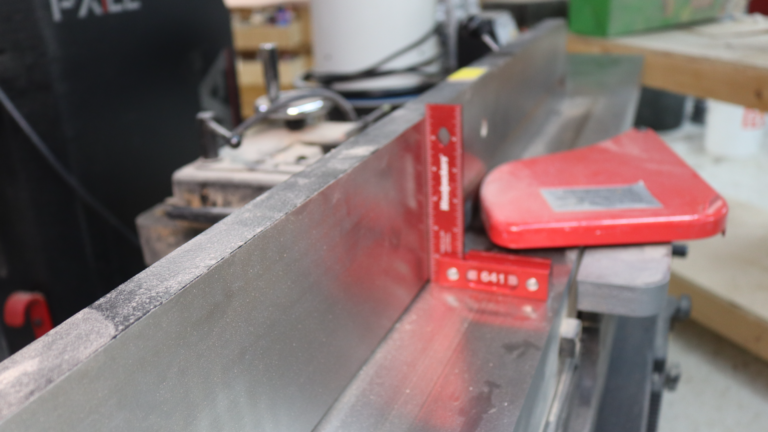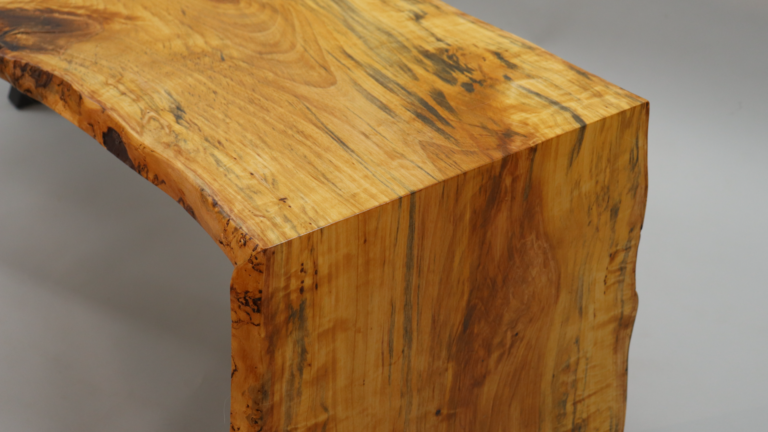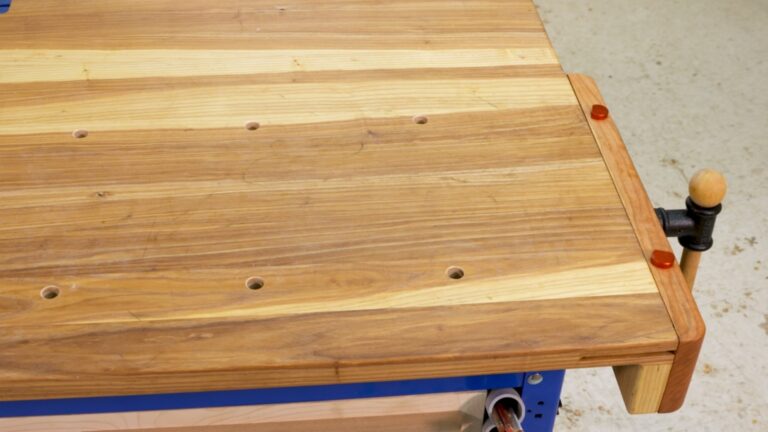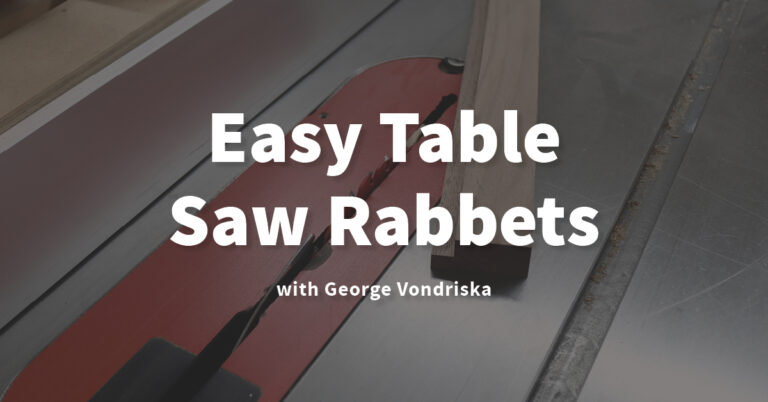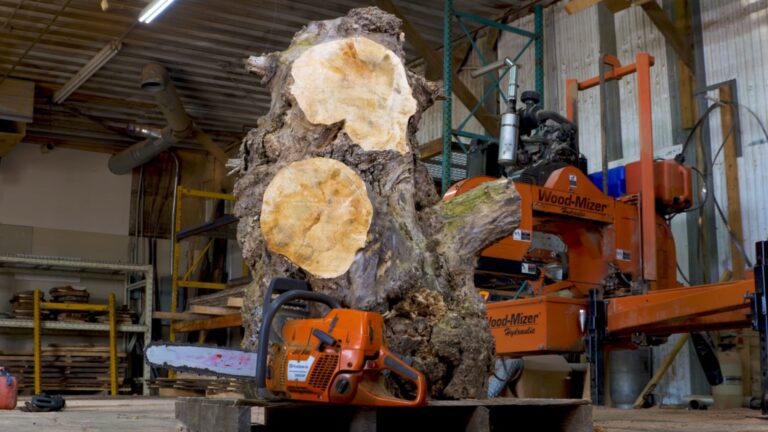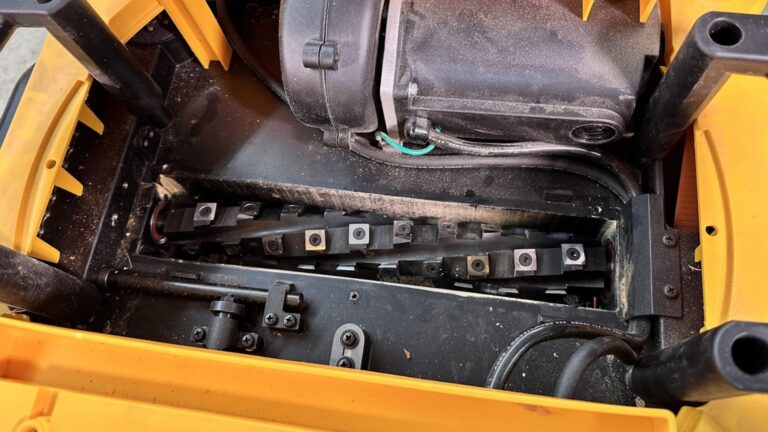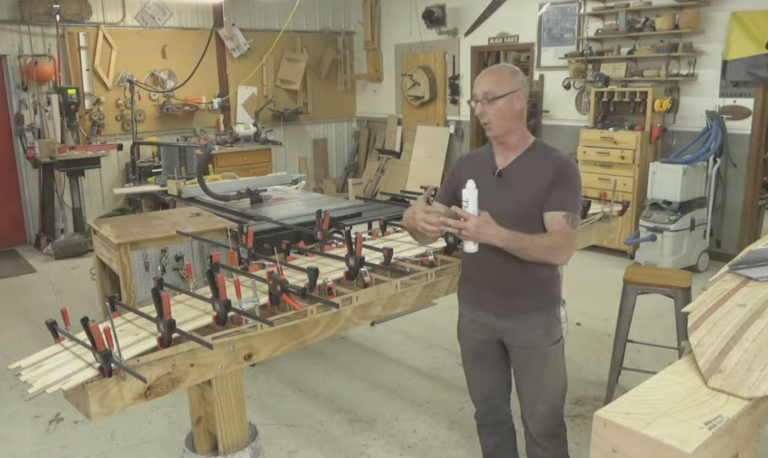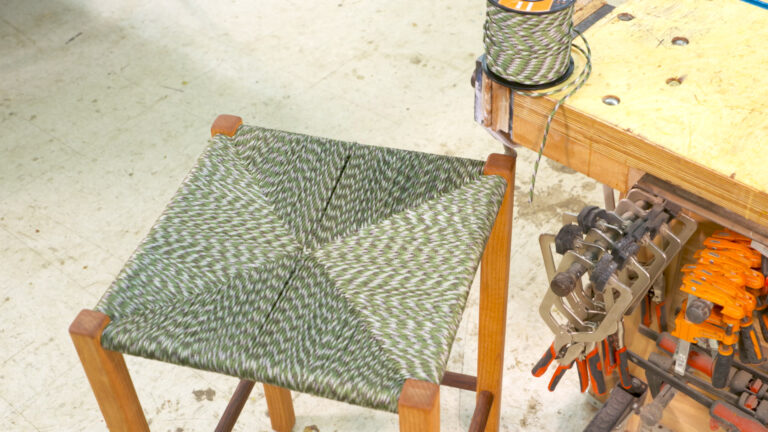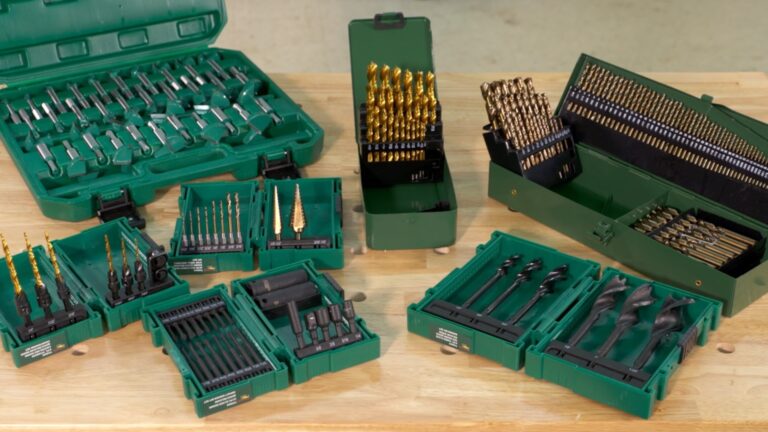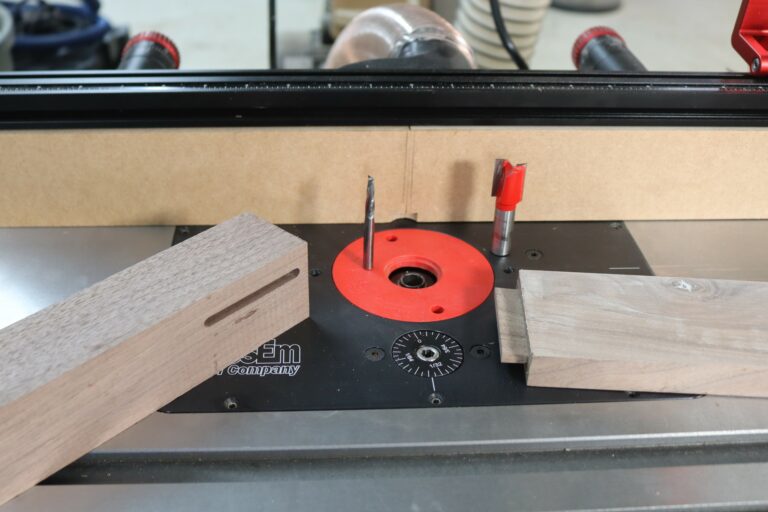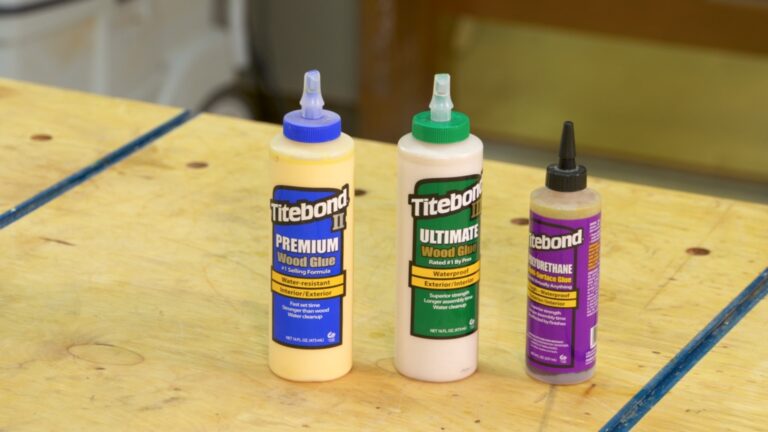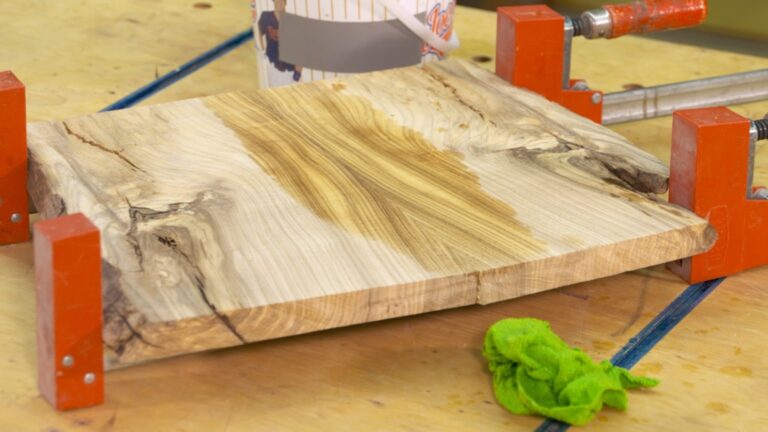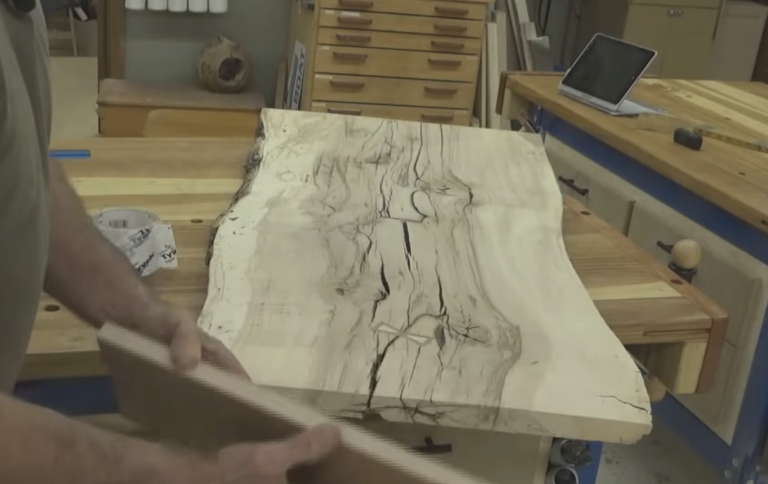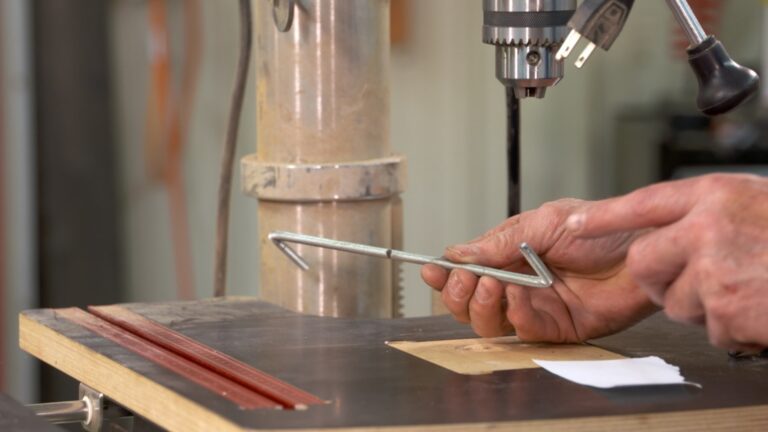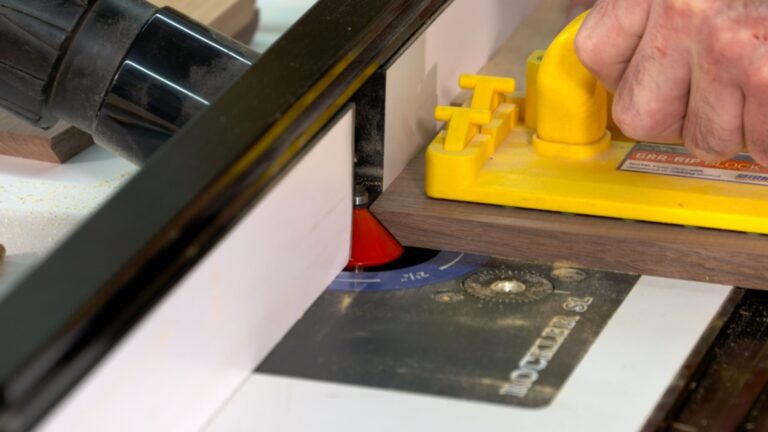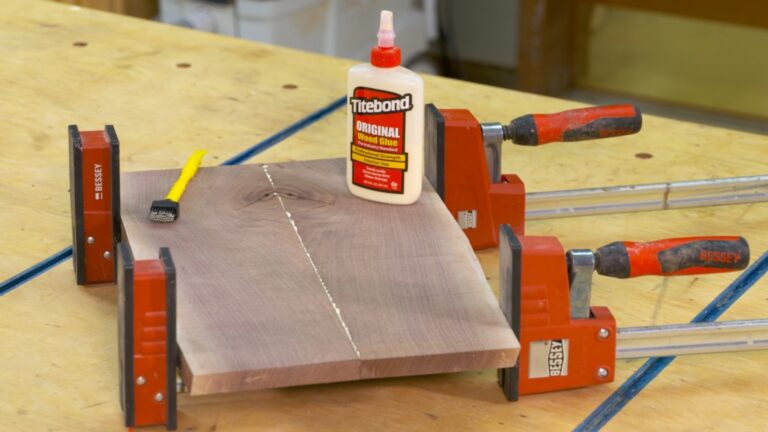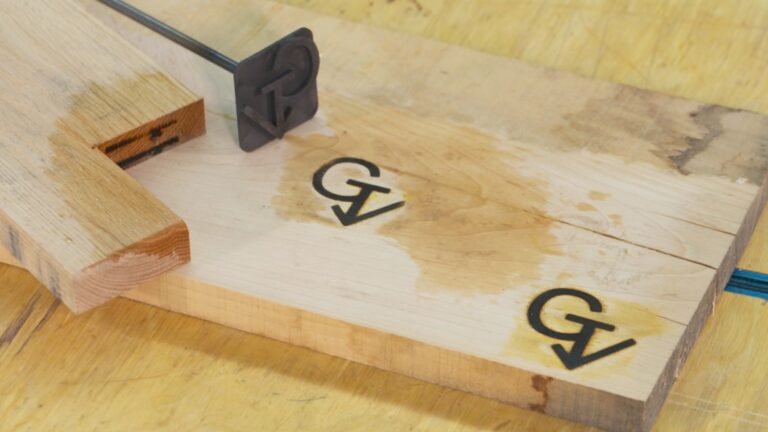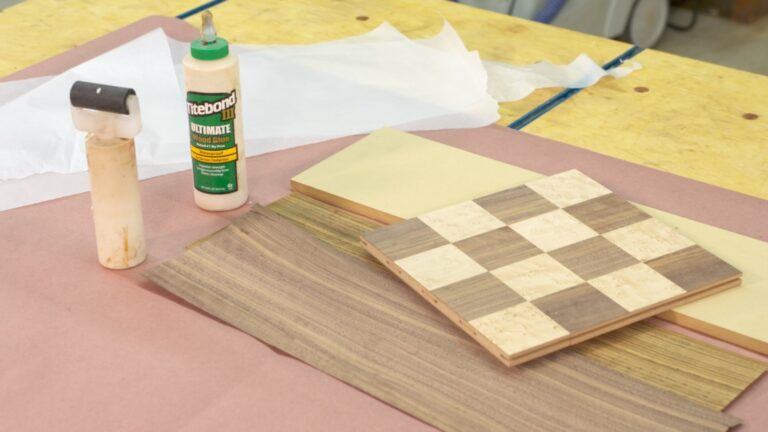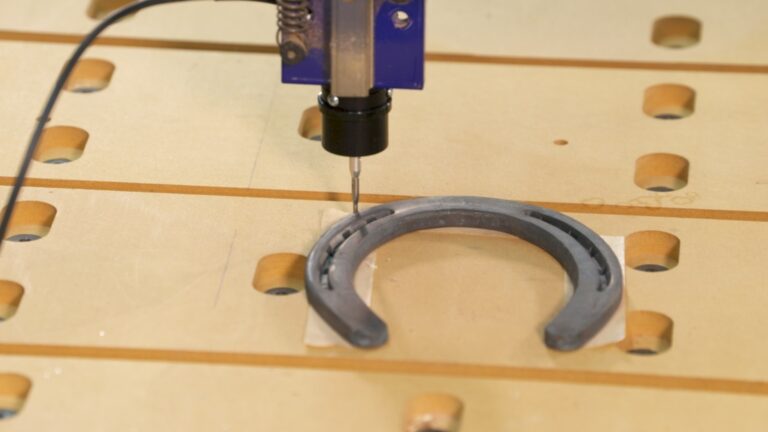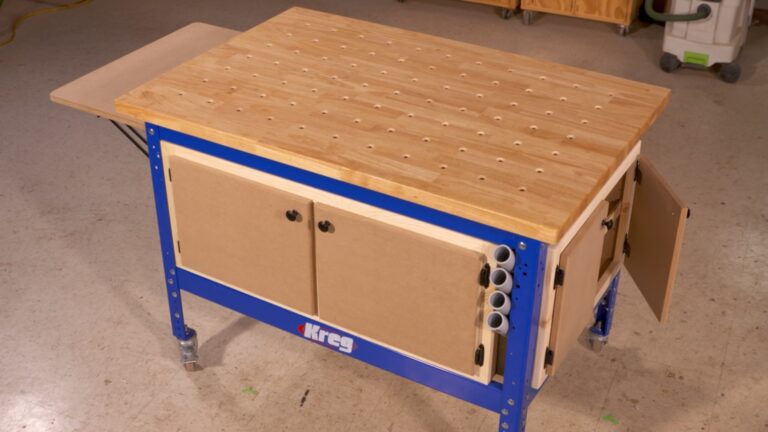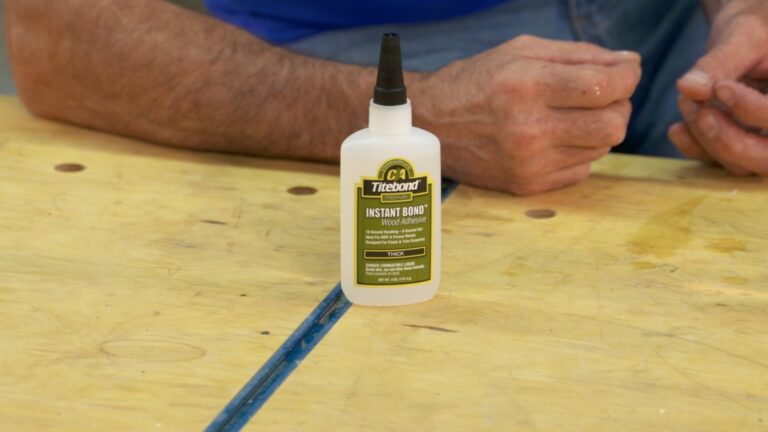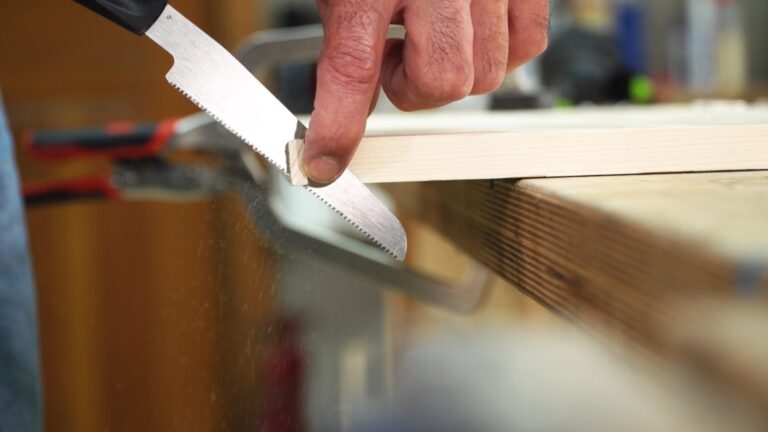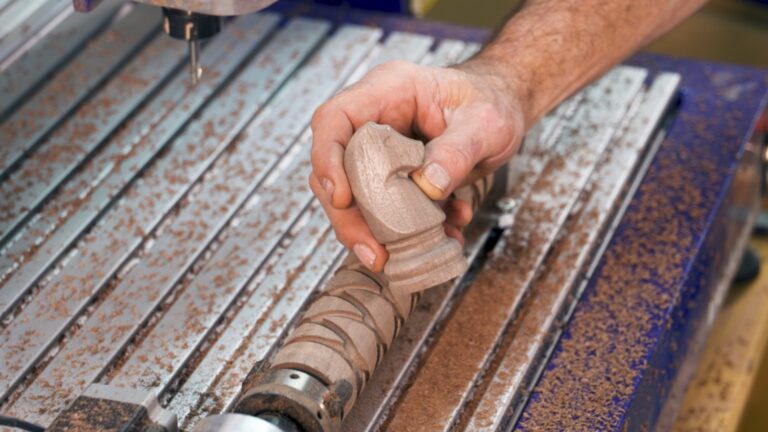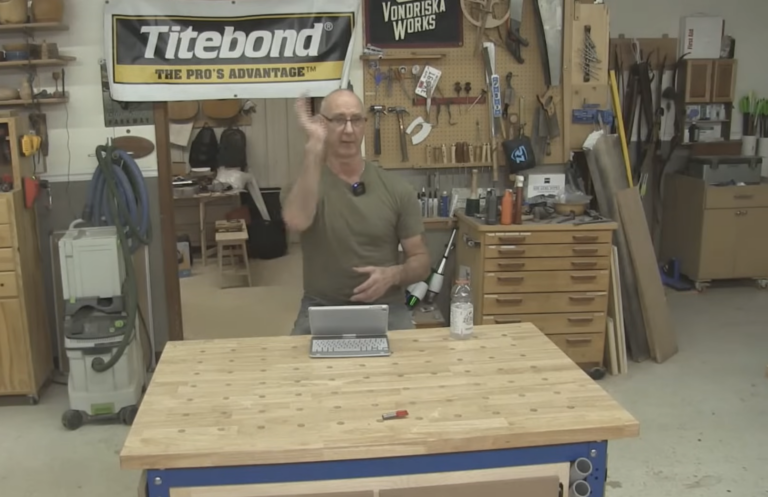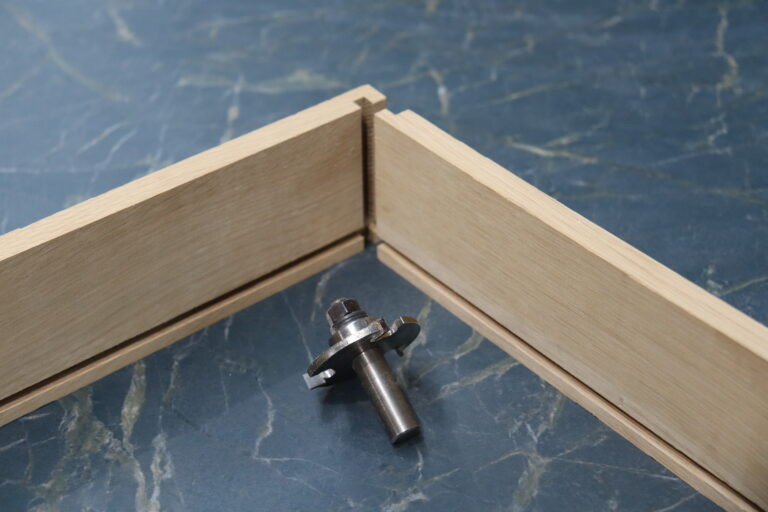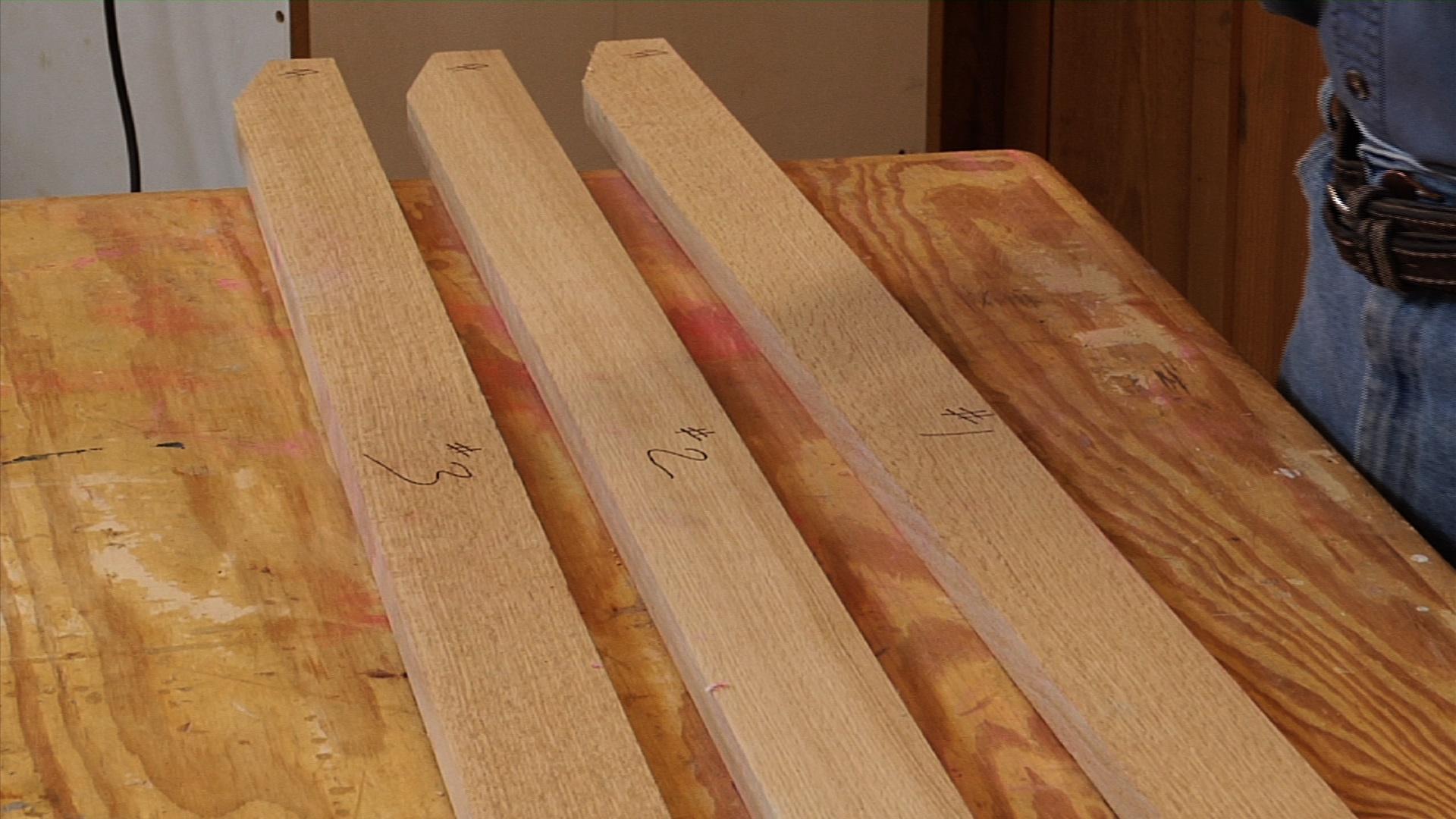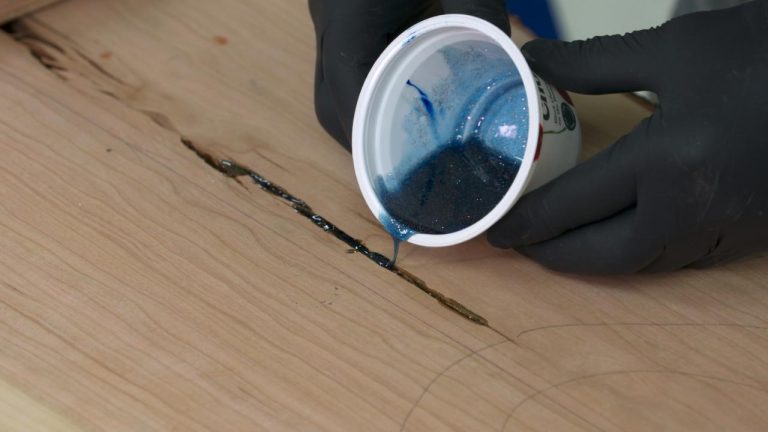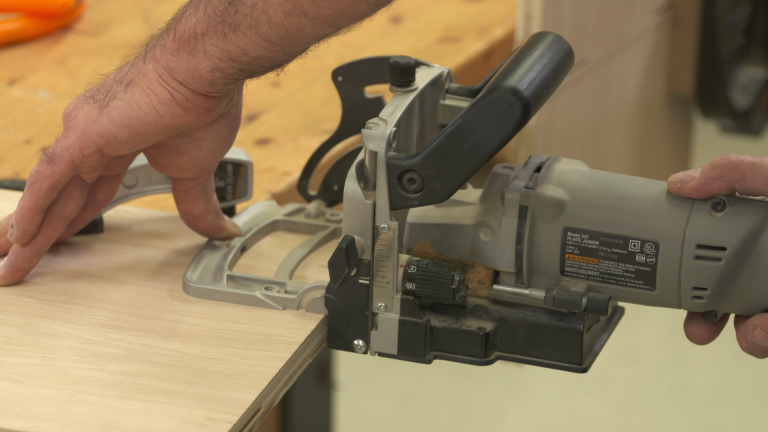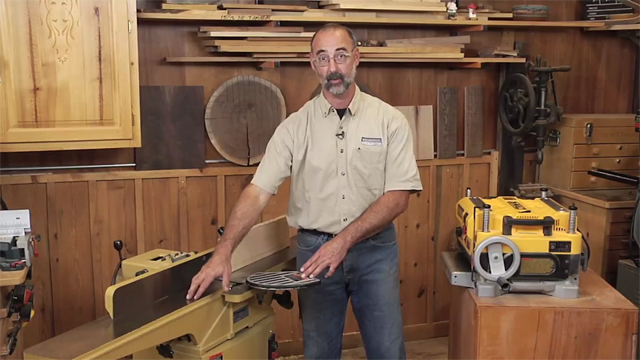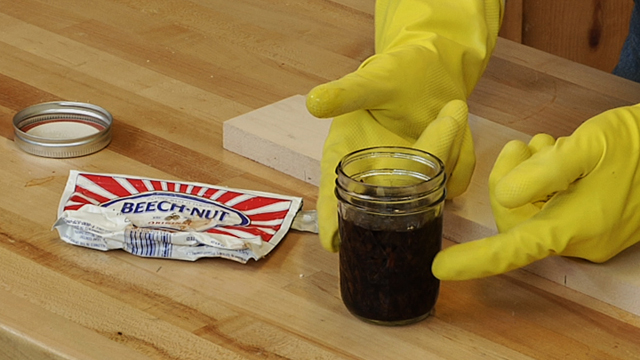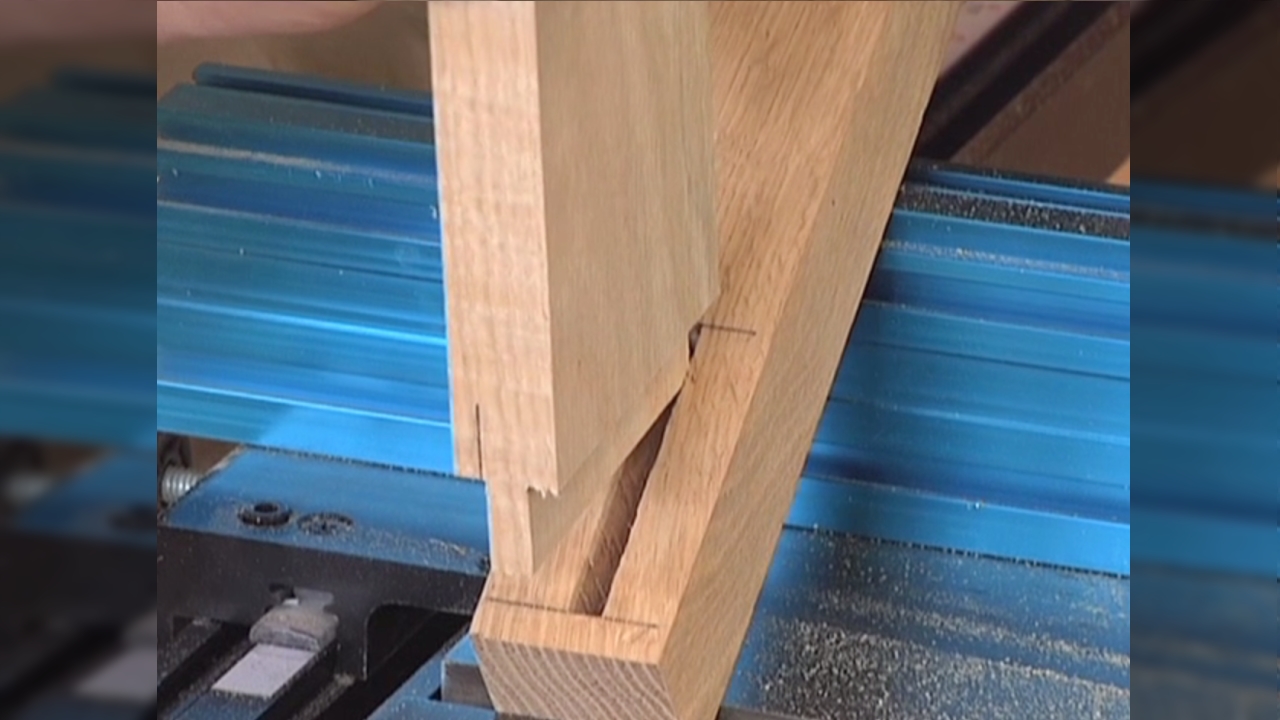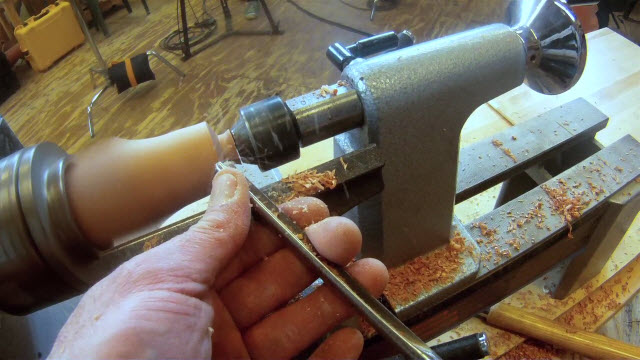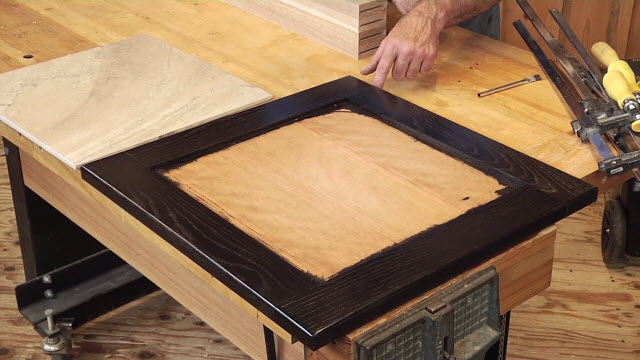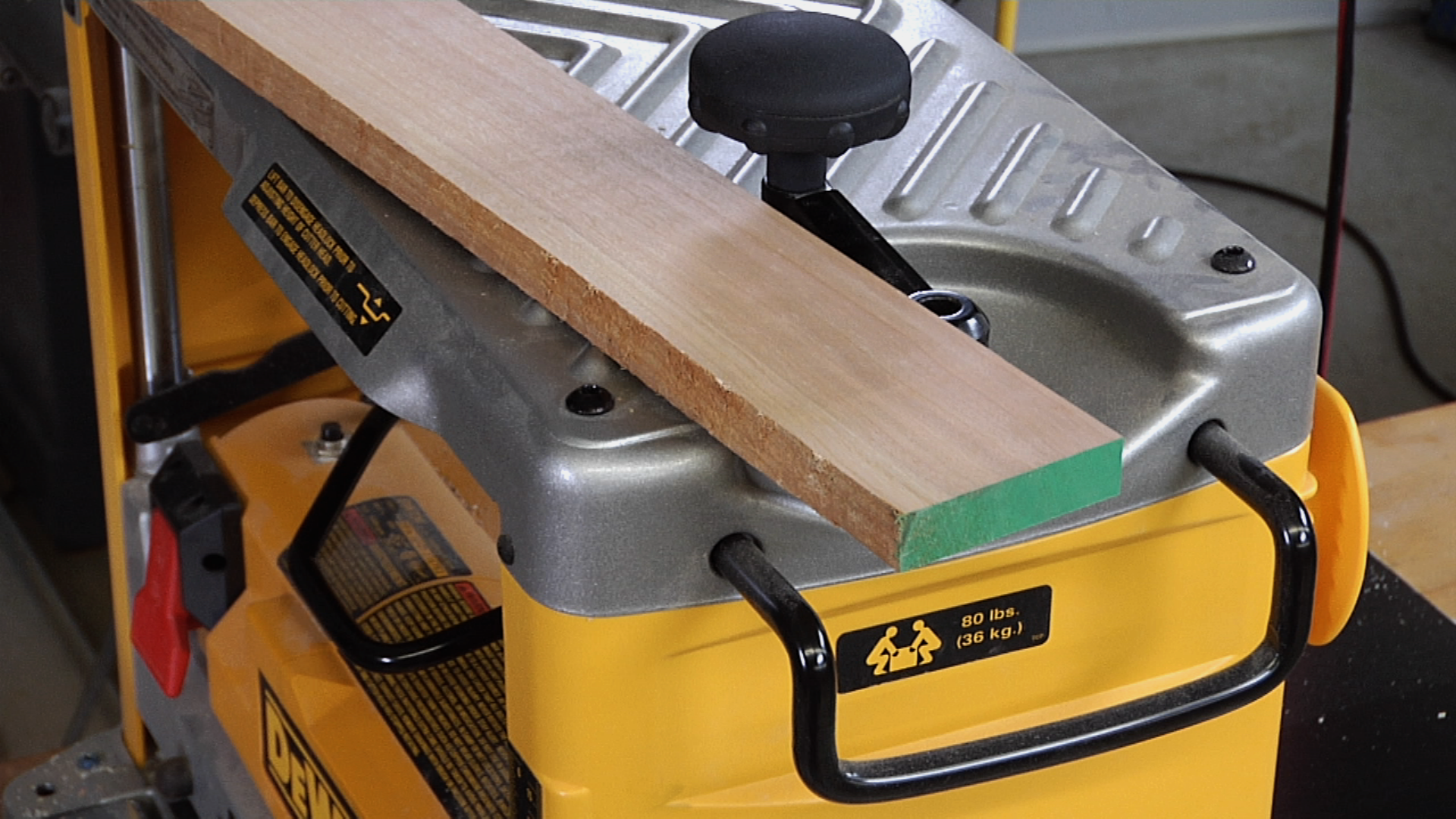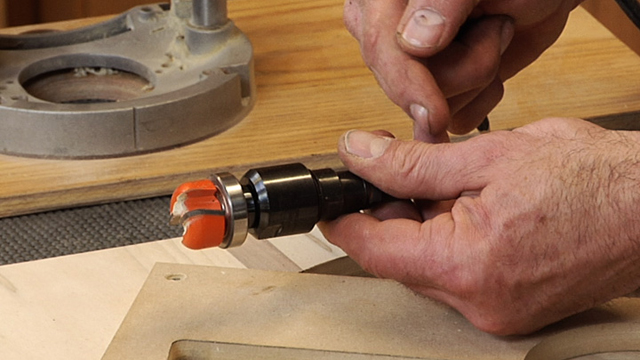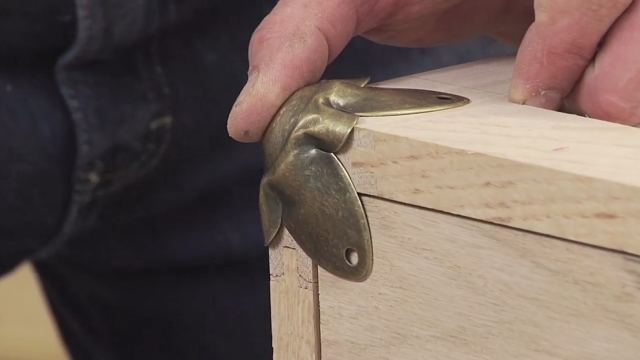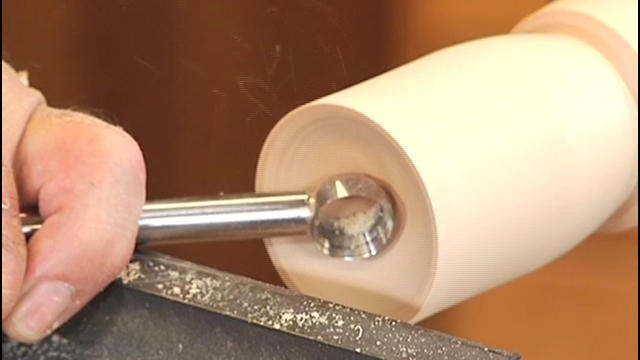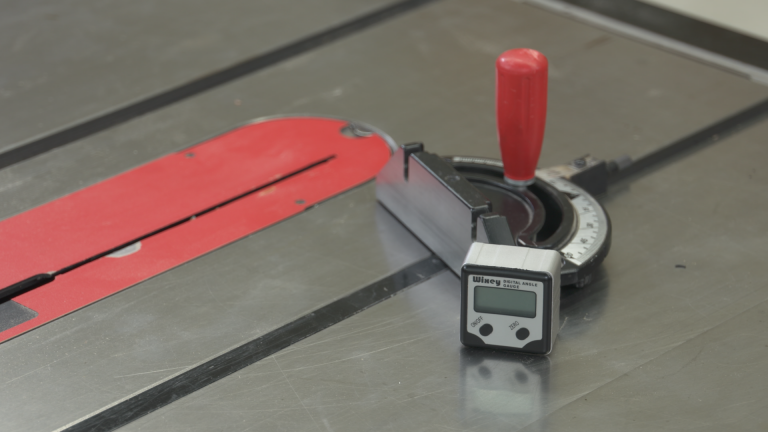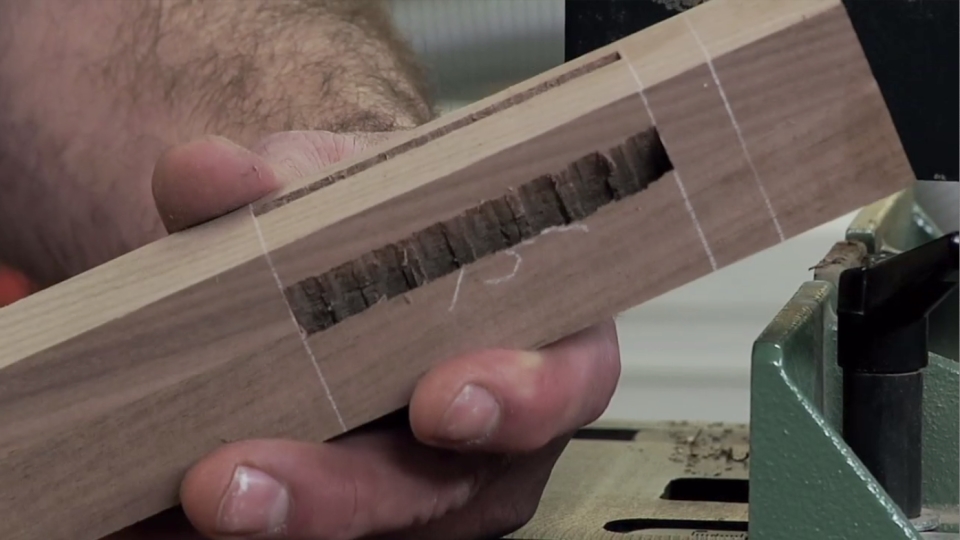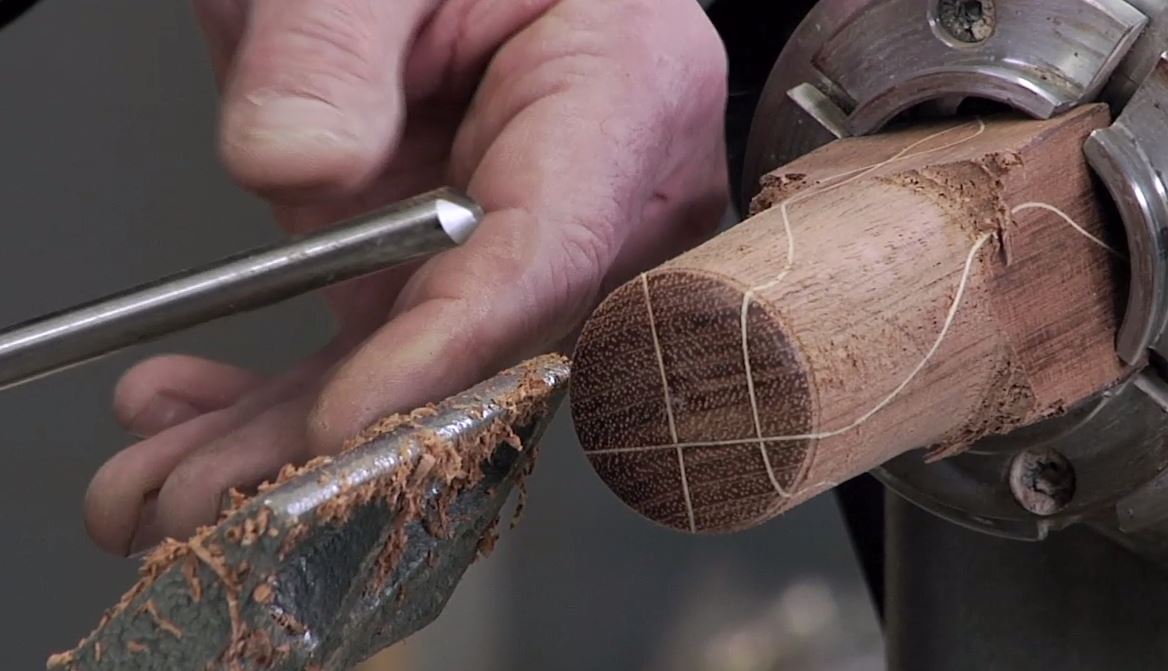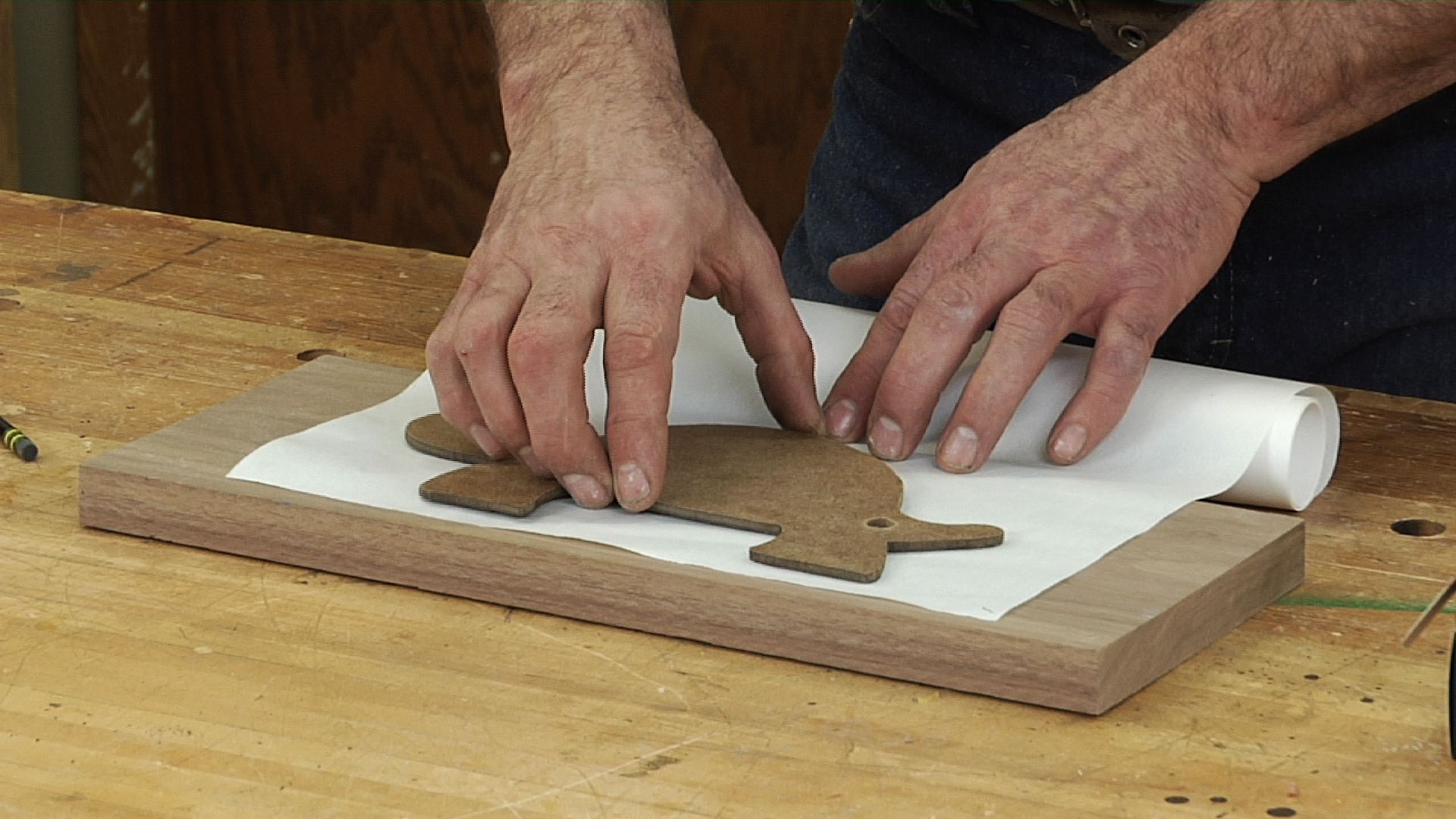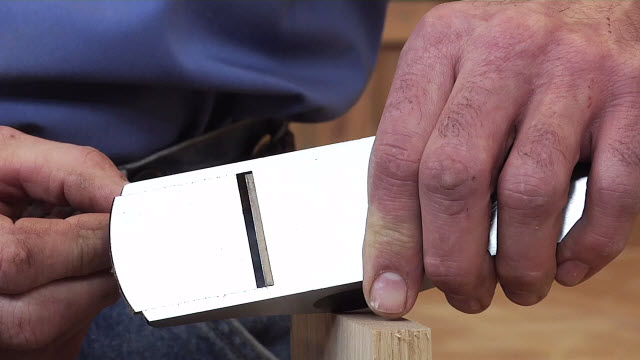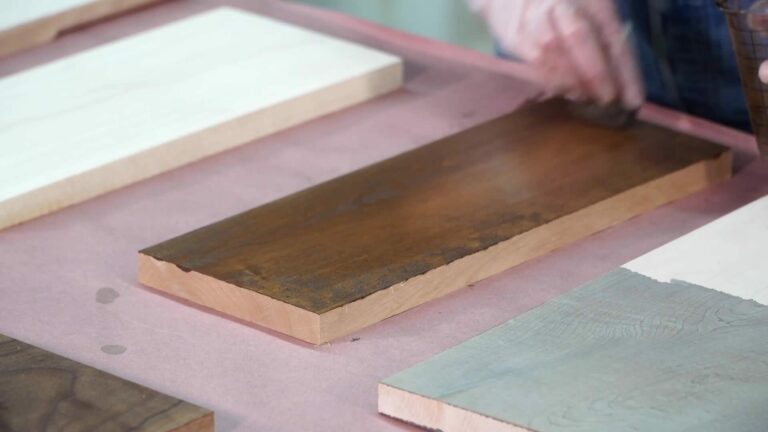
Using Epoxy for Wood Cracks
George VondriskaWorking with wood as a medium is mostly a wonderful experience, but invariably you have to deal with some imperfections in the wood such as knots, cracks, dings, etc. Learning how to repair wood cracks and other imperfections can involve a bit of trial and error, and ultimately it is good to land on a technique or two that can help you make your projects look their best. If you use an approach that produces a fix that doesn’t blend or complement the project very well, you will see the “fix” forever and it can drive a woodworker crazy!
One approach that many professionals take is to use epoxy for wood cracks. Why epoxy for cracks, you say? Well, using epoxy for cracks has a couple noteworthy advantages over other approaches:
Cures fast. There are many quick-setting epoxies on the market today that can set up in five minutes and be ready to sand in about an hour.
Mixes well with wood dust for custom color match. It can be tricky to find a wood patch product that matches precisely. Using epoxy for cracks and mixing in sanding dust from the project itself offers the best possible color match.
Won’t shrink. Some patch products will shrink as they dry, requiring multiple applications. Most epoxy products will cure without any measurable shrinkage.
Durable for large patches. If you need to filler a larger area, epoxy offers great structure and durability relative to many commercial wood filler products.
Inexpensive. Quick-setting epoxy can be found at most home centers and hardware stores, and it is a relatively low-cost product.
Next time you have a crack or ding to repair, try this recipe of mixing some wood dust from your project in with some epoxy to create a custom color-matched epoxy patch.
Explore videos by George Vondriska
You may be interested in
Premium Membership
Unlock exclusive member content from our industry experts.
- 24/7 Access to Premium Woodworking Videos, Projects, and Tips
- Step-by-Step Instructional Demos, Plans, and Tutorials
- 50% Off Video Downloads Purchased in the Woodworkers Guild of America Shop
- 2 Printable Woodworking Plans
Unlock exclusive member content from our industry experts.
- 24/7 Access to Premium Woodworking Videos, Projects, and Tips
- Step-by-Step Instructional Demos, Plans, and Tutorials
- 50% Off Video Downloads Purchased in the Woodworkers Guild of America Shop
- 2 Full-Length Video Downloads to Watch Offline
- 2 Printable Woodworking Plans
Gold Membership
$370 Value
Get everything included in Premium plus exclusive Gold Membership benefits.
- 24/7 Access to Premium Woodworking Videos, Projects, and Tips
- Step-by-Step Instructional Demos, Plans, and Tutorials
- 8 Full-Length Video Downloads to Watch Offline
- 3 Full-Length Woodworking Classes to Keep for Life
- 7 Printable Woodworking Plans
- Discounts on Purchase-to-Own Content in the Woodworkers Guild of America Shop
- Access to Ask the Expert Program
- Exclusive GOLD LIVE Streaming Events
